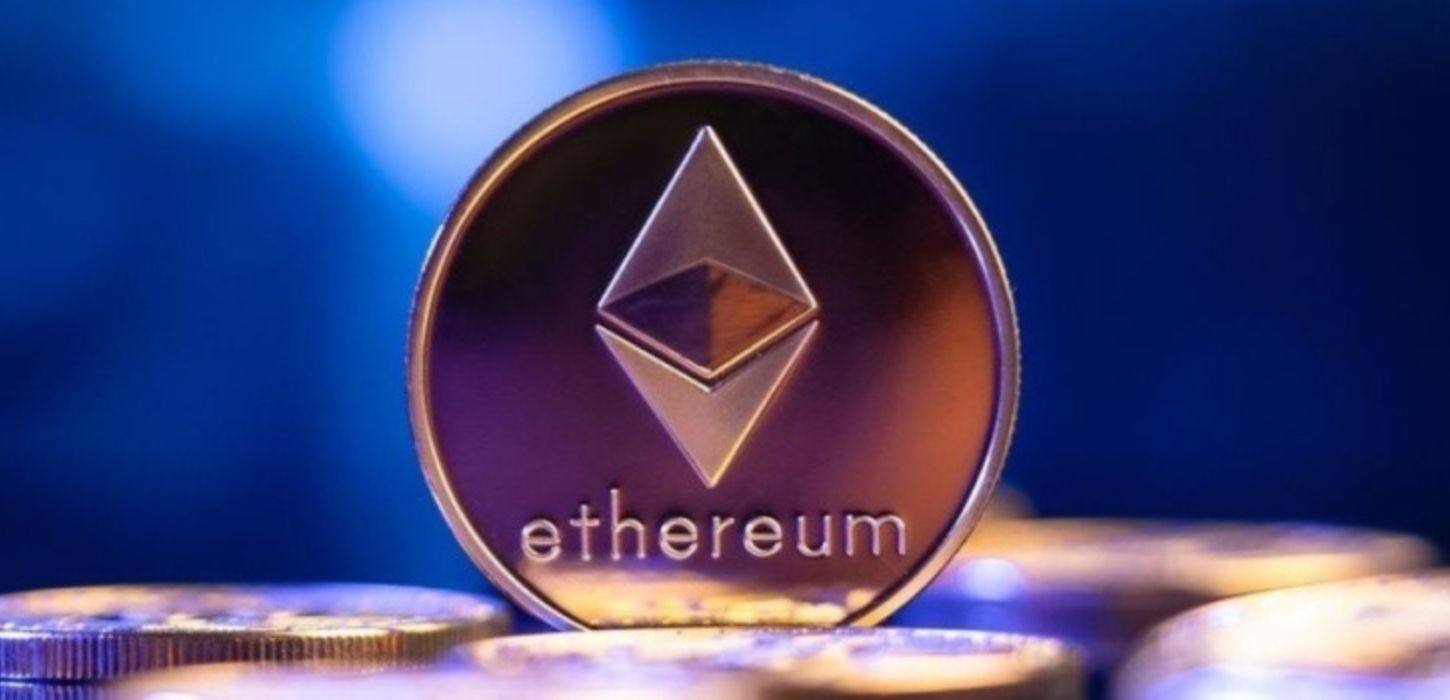Ethereum blocks in compliance with the orders issued by the United States Office of Foreign Asset Control (OFAC) have dropped to 47%, dropping to their lowest levels since the 11th of October.
The percentage of blocks in compliance with the orders from the OFAC had peaked in November 2022, reaching 79%.
A Three-Month Low
Ethereum has seen the percentage of blocks in compliance with the orders set by the United States Office of Foreign Asset Control (OFAC) drop to a three-month low of 47%. This is the lowest level since the 11th of October. The latest milestone has come just three months after OFAC-compliant blocks on Ethereum peaked, reaching 79% on the 21st of November. OFAC-complaint blocks exclude transactions that involve parties that have been sanctioned by the US Treasury Department’s Office of Foreign Assets Control.
A drop in the number of OFAC-compliant blocks is being seen as a victory for those users and community members who oppose any type of censorship within Ethereum’s ecosystem.
Reason For The Drop
According to blockchain consulting firm and creator of MEV Watch, Labrys, the drop in OFAC-compliant blocks can be attributed to an increase in the number of validators choosing to use MEV-boost relays that don’t censor transactions according to the requirements posted by the OFAC. In its statement, Labrys elaborated,
“In particular, the BloXroute Max Profit relay, Ultrasound Money relay, and Agnostic Boost relay have picked up most of the change in market share.”
MEV-boost relays act as a trusted mediator between block builders and block producers, allowing validators on Ethereum to outsource block production to other block builders.
Happy With The Community’s Reaction
Meanwhile, the CEO of Labrys, Lachlan Feeney, in a statement released on the 14th of February, added that he was extremely delighted with the way the Ethereum community has responded to the issue of censorship since it was first encountered after the successful completion of the Merge. Feeney stated,
“I am incredibly proud of the Ethereum community for the progress we have made with this issue. When we released the MevWatch tool drawing attention to a flaw within Ethereum, the community did not stick its head in the sand but instead rose to the occasion and made significant progress addressing the issue.”
However, he warned against complacency setting in and stressed that there was still a lot of work to be done.
Flashbots Driving OFAC-Compliance On Ethereum
The United States Office of Foreign Asset Control had sanctioned USD Coin (USDC) and Ether (ETH) wallet addresses that were using the Ethereum-based privacy mixing tool Tornado Cash. Once Ethereum completed its transition to Proof-of-Stake after the Merge, around 9% of the blocks were OFAC-compliant. However, this figure saw a sharp increase over the next couple of months and peaked at 79% in November. The number of OFAC-compliant blocks remained between 65% to 75% until the end of January 2023.
The greatest driver of the OFAC compliance on Ethereum was Flashbots, which accounted for nearly 49% of the MEV block market. Flashbots had stated it would be ignoring transactions that originated from Tornado Cash, the transaction mixing service sanctioned by the United States government earlier this year. Since the completion of The Merge, a number of participants on Ethereum opted to use service providers to gain better access to validation rewards. The consolidation of this trend, and the emergence of Flashbot’s dominance, ensured a high number of OFAC-compliant blocks.
Flashbots, on its part, offered several suggestions on how transaction censorship could be mitigated. It also announced a new protocol that would help in the progressive decentralization of the MEV code development.
Disclaimer: This article is provided for informational purposes only. It is not offered or intended to be used as legal, tax, investment, financial, or other advice.
Credit: Source link































